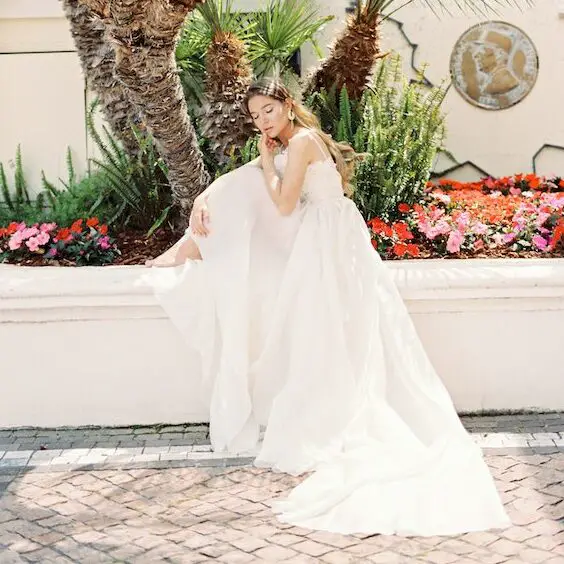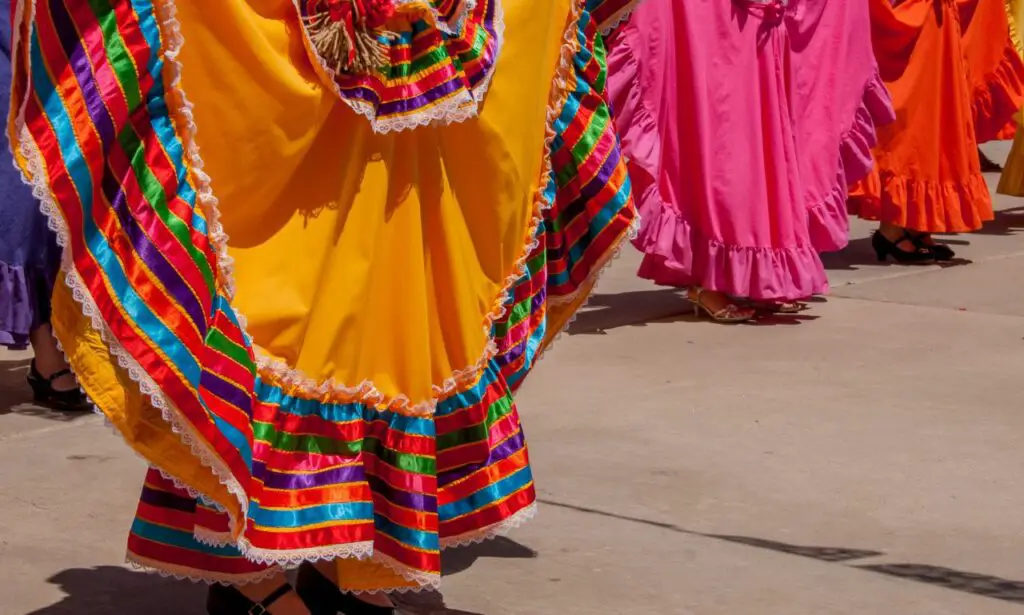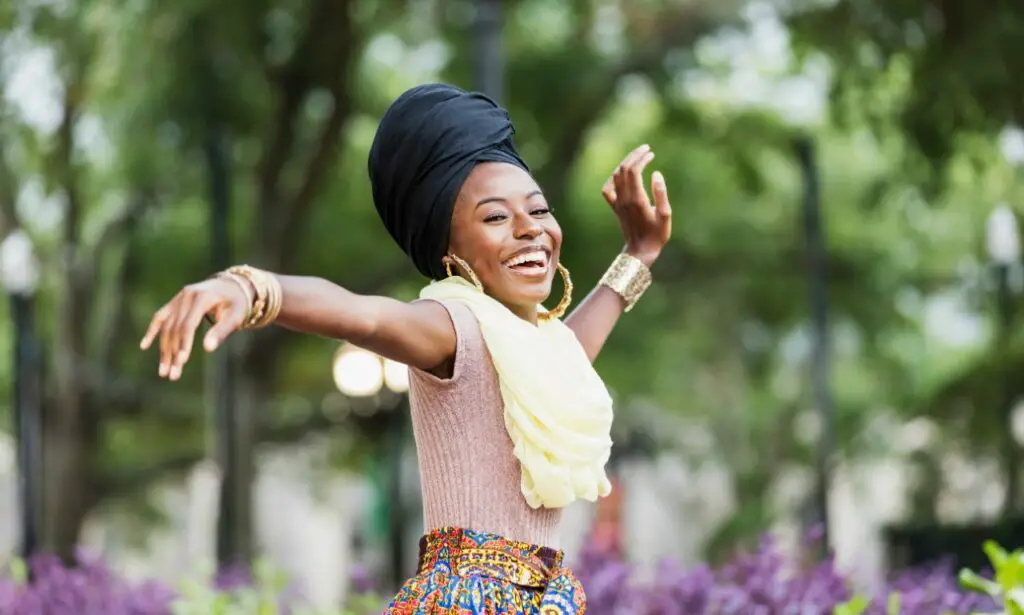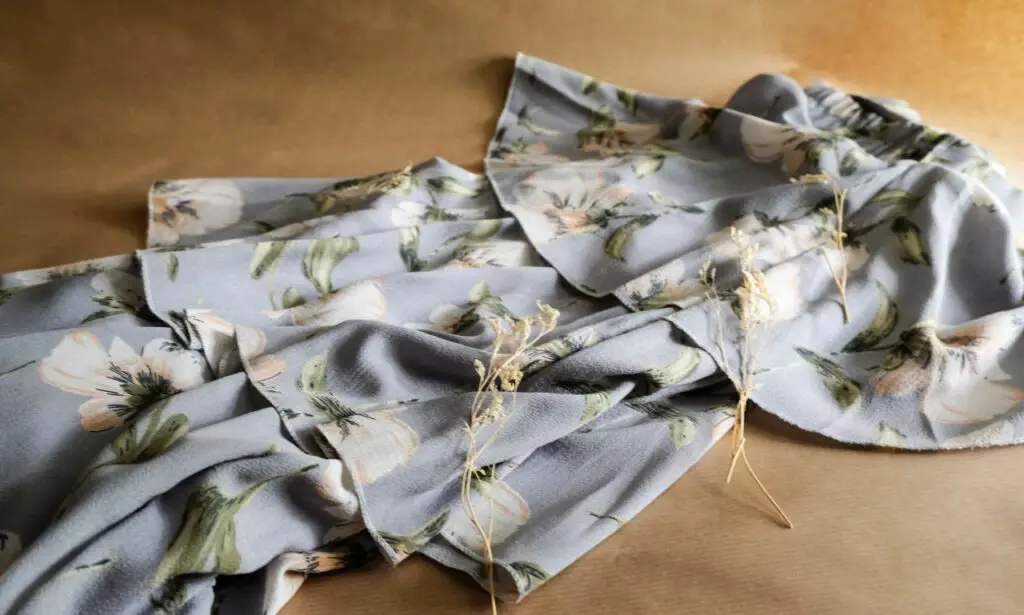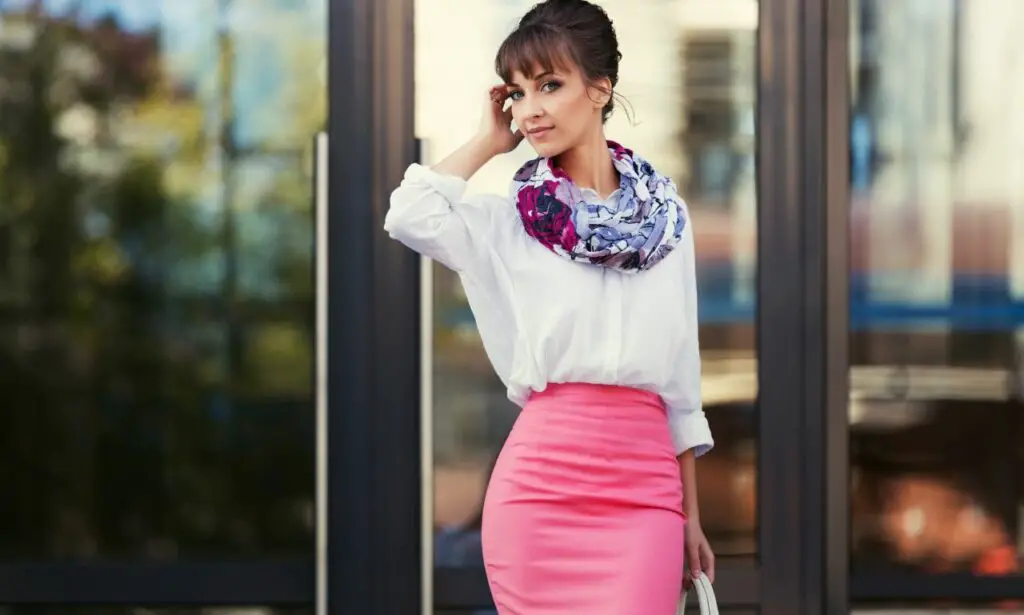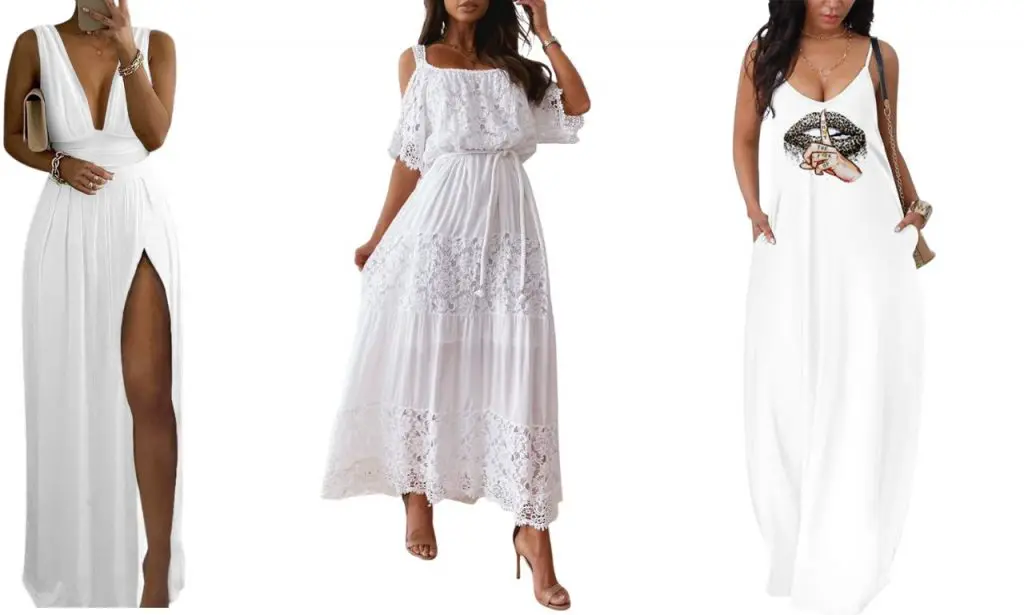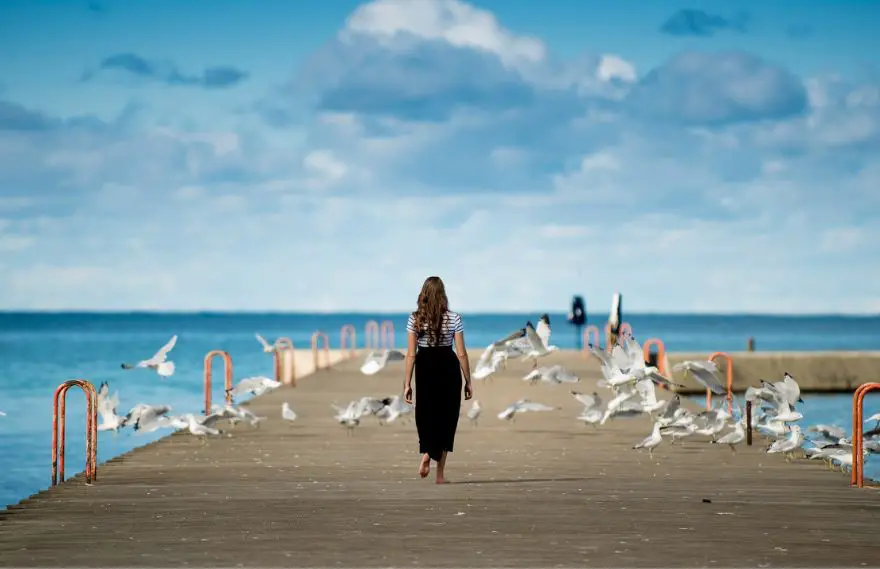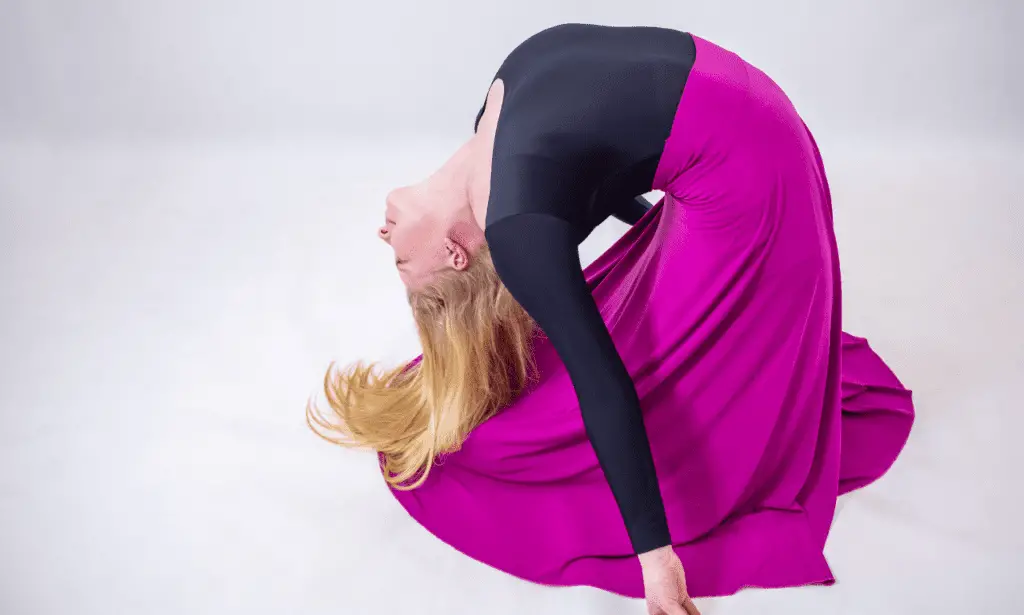When it comes to wedding dresses, there are a few things that are almost always true. For example, most wedding dresses are long. But why is that? Is there a tradition behind it? Or is there some other reason why so many brides choose to wear long dresses on their big day? In this blog post, we will explore the history and meaning behind long wedding dresses. We will also discuss why some brides are choosing to break with tradition and go for shorter styles. So read on to learn more about the long dress phenomenon!
Introduction
Definition of long wedding dress and maxi wedding dress
A long wedding dress is any style of gown that falls to or below the ankle, while a maxi wedding dress is a floor-length design
This type of long garment has long been a staple of bridal fashion and often features delicate fabrics and intricate detailing. While long dresses are typically associated with traditional white weddings, modern brides have the option of choosing from a range of long styles in different colors and fabrics.
The long dress tradition dates back centuries, with long bridal gowns featuring as early as the 1500s. Since then, long wedding dresses have become a symbol of purity and femininity, with long trains also representing the bride’s long journey toward marriage. While long wedding dresses are certainly still popular today, there has been a recent uptick in brides opting for shorter hemlines or midi-length styles.
A Brief History of the Wedding Dress
Once upon a time, everyone wore dresses and skirts. Pants were invented during the late antiquity, around the 6th century.
Back in the day, people got married in their best cloths. In painting from the middle ages you can see men and women wear basically the same dress:
It means wedding dresses were usually long, and on whatever color the wearer had available.
It wasn’t until the late 1700s that long white wedding dresses became popular. This was due to Queen Victoria, who famously wore a long white dress at her own nuptials in 1840. The dress exists to this day.
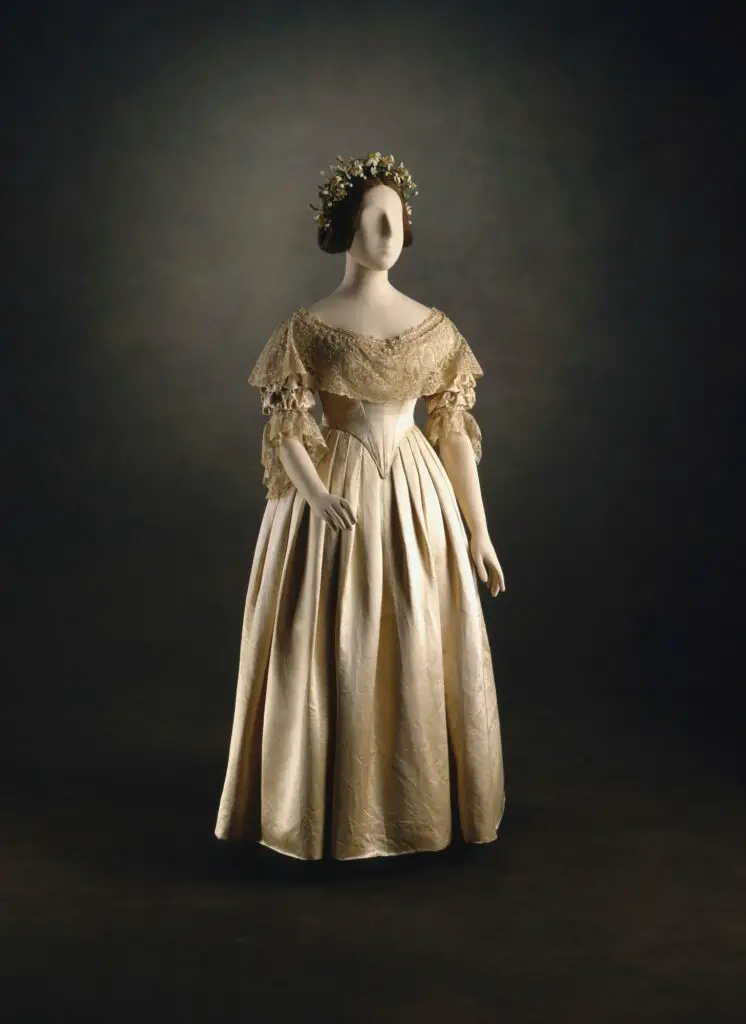
The long white gown quickly gained popularity, with brides all over the world wearing long gowns on their big day. In the 19th century, long trains were added to the dresses in order to add drama and signify the bride’s long journey towards marriage.
More recently, long wedding dresses have gone through various transformations, with designers experimenting with different fabrics and silhouettes. While long gowns remain popular for formal events like white weddings, shorter hemlines are increasingly being embraced for more casual ceremonies.
The Meaning of Long Wedding Dresses
Beside its history, the length of the wedding dress has meanings of its own:
Origin of long dresses in Western culture/religion
The long dress tradition dates back centuries in Western culture, particularly within the context of Christian nuptials.
Long gowns were thought to be a symbol of purity and modesty, as well as representing the long journey that marriage is. As such, long wedding dresses were often decorated with intricate detailing and jewelry to signify the bride’s importance.
In addition, long trains were also frequently featured in bridal wear as a symbol of both the long journey ahead and the bride’s status.
Role of long dresses as a sign of social status
It also signals the bride’s social status: long dresses were often associated with higher classes and were often seen as a symbol of wealth. Longer dresses require more fabric, which increased the cost of the dress, therefore long gowns were often seen as a sign of wealth and power.
Long wedding dress as a symbol of purity and innocence
The long dress tradition was also seen as a symbol of purity and innocence, with the long length of the gown representing the bride’s journey towards marriage and motherhood. White or light-colored fabrics were used to signify the bride’s innocence and virginity. Even today, long wedding dresses are often decorated with intricate detailing to symbolize what lies ahead, such as long trains that trail behind the bride.
Long maxi dresses have a dramatic effect
The long length of the maxi dress creates an impressive silhouette that can be further enhanced with intricate detailing and long veils. Whether it’s a long-sleeved ivory gown or an A-line lace maxi dress, long wedding dresses create a romantic atmosphere that can’t be replicated with shorter styles.
Long trains attached for an even more dramatic effect
Long wedding dresses often featured long trains, usually attached to the back of the gown. Alternatively, or additionally, the vail can be a few meters long. This long fabric was intended to add a dramatic effect and further emphasize the bride’s importance.
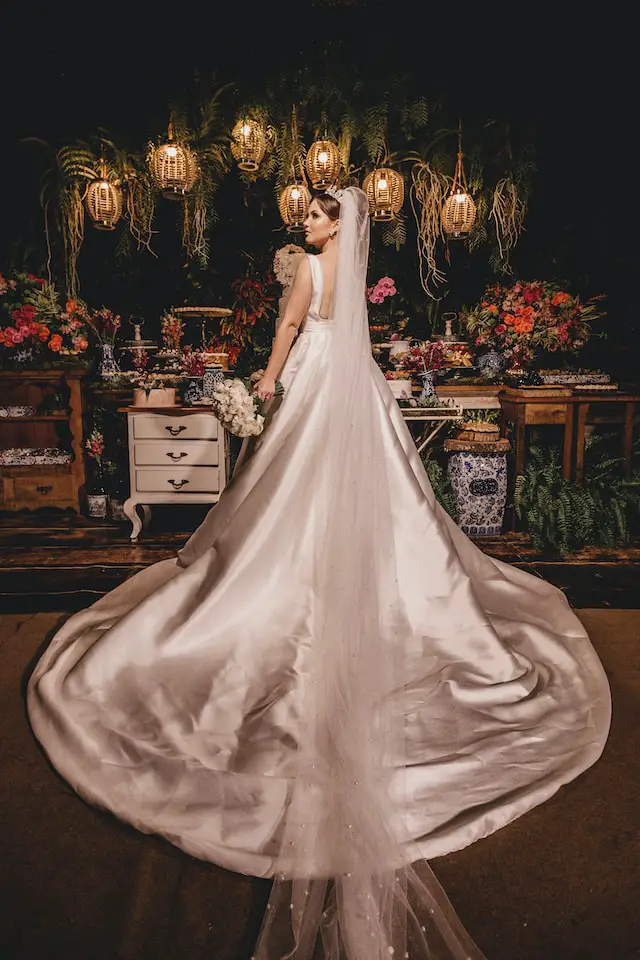
Benefits of Wearing Long Wedding Dresses
Creativity within bourndeis
The long length of the maxi wedding dress is just the framework. This framework allows for maximum creativity in terms of design and detailing. Long dresses can be sleeveless, long-sleeved, off-the-shoulder or embellished with lace details. Modern brides have a variety of long styles to choose from that reflect their own personal style and taste.
Long dresses always look elegant and timeless
Long dresses are always timeless, elegant and sophisticated. They exude a sense of grandeur and importance that can’t be replicated with shorter styles. From long-sleeved A-line gowns to intricate lace maxi dresses, long wedding dresses create an impressive silhouette that will never go out of style.
Significance of long dresses in wedding photos
Long gowns look especially romantic in wedding photos. The long length of the dress creates an impressive silhouette that stands out from other wedding photos. Longer trains create a dramatic effect and often feature intricate details such as embroidery, beading or lace trim. Photos featuring long trains look especially romantic and traditional, creating long-lasting memories of the bride’s special day.
Ways long dresses can flatter a bride’s body shape
Long wedding dresses can flatter many body shapes. A long maxi dress creates a long and lean silhouette, while an A-line gown emphasizes the bride’s curves. Corset bodices are also popular for brides who want to create an hourglass shape or draw attention to the waistline.
The most common bridal dress is an A-line fit-and-flare dress, as it’s a popular style for long dresses and suits many body shapes.These long styles are also popular in bridal fashion because they can be easily customized with long veils or long sleeves for added drama and romance.
Are Long Dresses a Requirement for Weddings?
No, long dresses are not a requirement for weddings. No one will say your wedding was less of a wedding or that you are less married because the bride’s knees were showing.
While long gowns may be the traditional choice for brides, there is no strict rule that requires them to wear long dresses on their big day.
The long dress tradition is certainly still popular around the world, but not all bridal cultures require long dresses for a wedding.
In India, long maxi dresses are often featured in weddings with bright colors and intricate embroidery, while in Japan long kimono-style gowns are more popular.
In the Muslim world, long bridal gowns often feature long veils and intricate beading.
In Asian countries from Nepal and Thailand, long colorful maxi dresses are often worn for traditional weddings.
In Africa, brides may wear long beaded gowns or long Ghanaian kente cloth robes with long skirts.
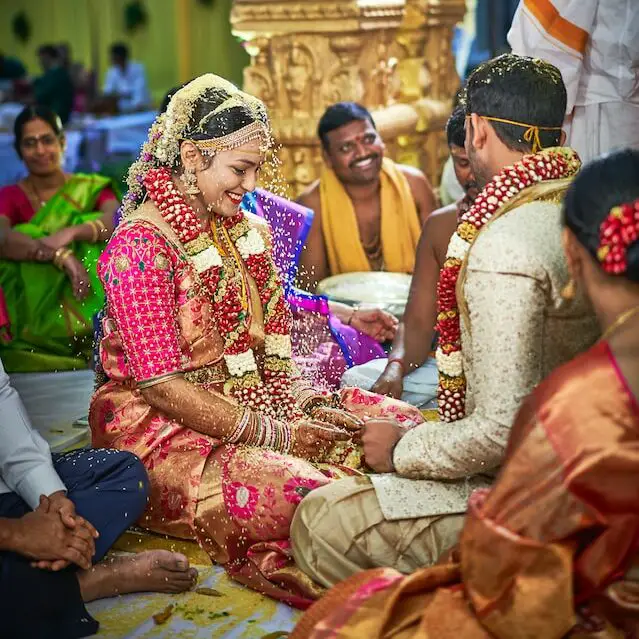
Alternatives for the Long Wedding Dress
As said above, The long dress tradition has been around for centuries and is often a symbol of purity, femininity, and social status. However, long wedding dresses may not be the right choice for everyone’s individual style, preferences or body shape.
In recent years, long wedding dresses have become less of a requirement for modern brides. This is largely due to the rise of more relaxed, informal weddings.
Many brides are choosing to have smaller ceremonies or take their nuptials outdoors – meaning long gowns and long trains may not be the best choice for these occasions.
Here are a few ideas for brides who want a less traditional maxi wedding dress:
Above the knee wedding dress
Above the knee dresses are perfect for a more informal outdoor ceremony. With high hemlines and shorter silhouettes, you can show off your legs while keeping the look elegant. To achieve a classic feel, add long lace sleeves or beading along the neckline to complement the dress’s length.
Tea-Length Dresses
If you want to show off your shoes or, then a tea-length dress could be the one for you. Hemlines that fall between the knee and ankle are ideal for showing off your shape without going too short. For a more polished look, consider pairing your tea-length dress with heels and nude hosiery.
Separates
Wedding separates allow you to create a unique look that perfectly suits your taste. You can mix and match different tops and bottoms to find the ideal combination for you. And, if you’re looking to show some skin, there are plenty of options for crop tops or tummy-skimming skirts. Just remember to keep the rest of your look simple so as not to overwhelm yourself (or your guests!).
Short Lace Dresses
This option provides all the classic elegance of a traditional wedding dress but in a shorter, fun-size package! A short lace dress can come in many different styles – from fit – and – flare to mermaid – so you can definitely find one that fits your body type. And if you’re worried about feeling too exposed, there are plenty of options with three-quarter sleeves or even cap sleeves.
Wedding jumper
For a fun, edgy look no one won’t ever be able to imitate, have a wedding jumper. If you intend to have more than one wedding dress, the jumper is a great surprise for the dancing part of the event. This style is great for outdoor weddings and can be easily accessorized with long veils or long statement jewelry.
Conclusion
Ultimately, long wedding dresses offer a great way to make a statement on your special day. Whether they are long maxi dresses or long trains, long gowns will create an elegant and romantic atmosphere for any celebration. While long dresses may be steeped in tradition and symbolism, brides should always choose the style that best suits them and their wedding. If long dresses don’t feel like the right fit, there are plenty of alternatives to explore! From jumper to short lace dresses, there is a non-traditional maxi wedding dress out there for everyone. No matter what you decide, make sure your choice reflects your unique style and personality – that is what will truly make your wedding dress special.
FAQs
While long wedding dresses may be traditional, they are not a requirement. Many brides are opting for shorter styles like tea length, midi, bohemian, or separates looks.
No – long dresses can be worn for both indoor and outdoor weddings. Ultimately, the style of dress should reflect your personal preferences and work with the overall theme of your wedding.
Some brides opt for a short dress to show off their shape or to incorporate elements of non-traditional style into their look. Additionally, shorter dresses are often less expensive than long gowns and offer a more relaxed feel.

